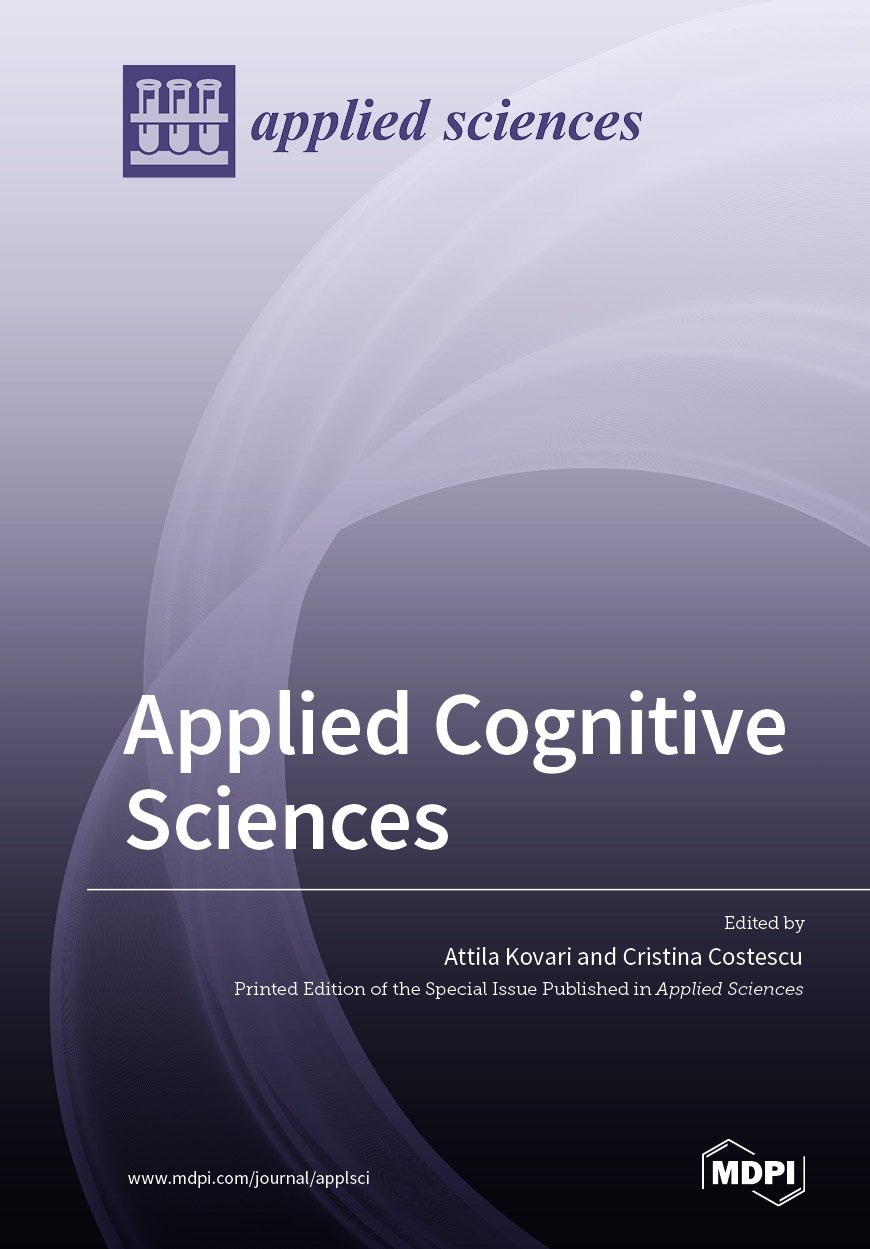人工智能辅助超声扫描研究进展
IF 2.5
4区 综合性期刊
Q2 CHEMISTRY, MULTIDISCIPLINARY
引用次数: 5
摘要
超声(US)是一种灵活的成像方式,在全球范围内被用作许多不同临床病例的一线医学检查程序。它受益于超声波技术的持续发展和美国完善的数字健康系统。尽管如此,由于US成像的固有特性,如手动操作和严重的操作员依赖性,其诊断性能仍然存在挑战。人工智能(AI)已被证明可以识别复杂的扫描模式,并为成像数据提供定量评估。因此,人工智能技术有可能帮助医生在美国获得更准确和可重复的结果。在这篇文章中,我们回顾了人工智能辅助美国扫描的最新进展。我们已经确定了人工智能用于促进US扫描的主要领域,如标准平面识别和器官识别、从3D US体积中提取标准临床平面,以及人类或机器人进行US采集的扫描指导。一般来说,由于该领域缺乏标准化和参考数据集,因此很难对不同的方法进行比较研究。需要更多的美国大型数据集的开放访问存储库,其中包含有关采集的详细信息,以促进这一非常活跃的研究领域的发展,预计这将对美国成像产生非常积极的影响。本文章由计算机程序翻译,如有差异,请以英文原文为准。
Recent Advances in Artificial Intelligence-Assisted Ultrasound Scanning
Ultrasound (US) is a flexible imaging modality used globally as a first-line medical exam procedure in many different clinical cases. It benefits from the continued evolution of ultrasonic technologies and a well-established US-based digital health system. Nevertheless, its diagnostic performance still presents challenges due to the inherent characteristics of US imaging, such as manual operation and significant operator dependence. Artificial intelligence (AI) has proven to recognize complicated scan patterns and provide quantitative assessments for imaging data. Therefore, AI technology has the potential to help physicians get more accurate and repeatable outcomes in the US. In this article, we review the recent advances in AI-assisted US scanning. We have identified the main areas where AI is being used to facilitate US scanning, such as standard plane recognition and organ identification, the extraction of standard clinical planes from 3D US volumes, and the scanning guidance of US acquisitions performed by humans or robots. In general, the lack of standardization and reference datasets in this field makes it difficult to perform comparative studies among the different proposed methods. More open-access repositories of large US datasets with detailed information about the acquisition are needed to facilitate the development of this very active research field, which is expected to have a very positive impact on US imaging.
求助全文
通过发布文献求助,成功后即可免费获取论文全文。
去求助
来源期刊

Applied Sciences-Basel
CHEMISTRY, MULTIDISCIPLINARYMATERIALS SCIE-MATERIALS SCIENCE, MULTIDISCIPLINARY
CiteScore
5.30
自引率
11.10%
发文量
10882
期刊介绍:
Applied Sciences (ISSN 2076-3417) provides an advanced forum on all aspects of applied natural sciences. It publishes reviews, research papers and communications. Our aim is to encourage scientists to publish their experimental and theoretical results in as much detail as possible. There is no restriction on the length of the papers. The full experimental details must be provided so that the results can be reproduced. Electronic files and software regarding the full details of the calculation or experimental procedure, if unable to be published in a normal way, can be deposited as supplementary electronic material.
 求助内容:
求助内容: 应助结果提醒方式:
应助结果提醒方式:


